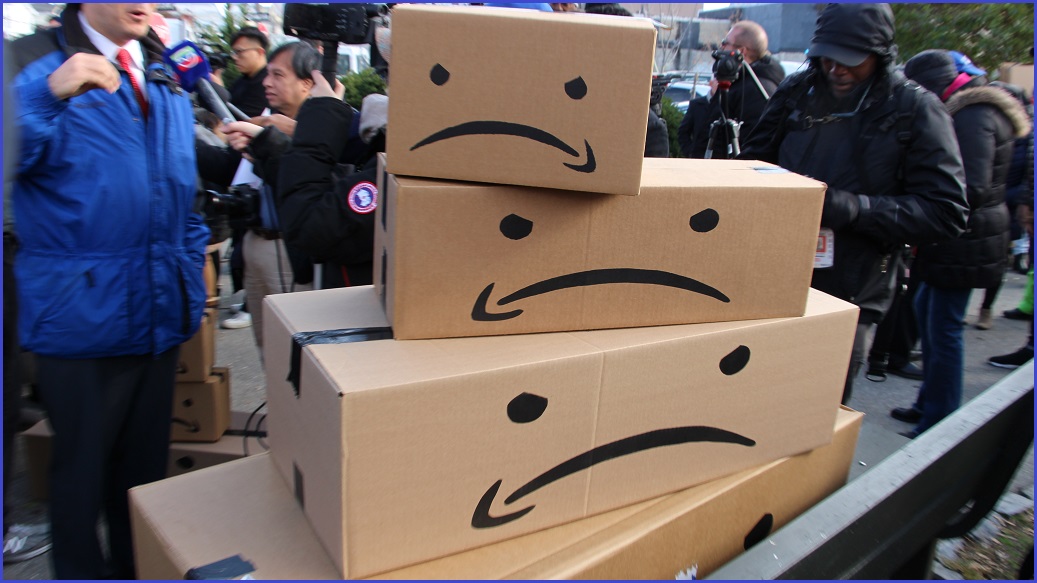Amazon is laying off another 9,000 employees, with senior management citing “the uncertain economy in which we reside”.
The cuts will come from its cloud business Amazon Web Services (AWS), streaming platform Twitch, and its advertising department.
This latest round of layoffs comes just two months after Amazon said it would cut more than 18,000 roles that were largely focused on company's e-commerce and human resources arms.
In a note to staff posted on Amazon’s website CEO Andy Jassy echoed the phrasing of his peers when he described the layoffs as “a difficult decision”.
Jassy said Amazon had decided “to be more streamlined in our costs and headcount” as the shopping behemoth looks to “to be leaner” this year.
“I remain very optimistic about the future and the myriad of opportunities we have, both in our largest businesses, stores and AWS, and our newer customer experiences and businesses in which we’re investing,” he said.
“To those ultimately impacted by these reductions, I want to thank you for the work you have done on behalf of customers and the company. It’s never easy to say goodbye to our teammates, and you will be missed.”
Heading off criticism that Amazon could have announced the full suite of 27,000 job cuts together in January, Jassy said “not all of the teams were done with their analyses” and that even this round of cuts likely won’t be finalised until late April.
Earlier this month, Amazon paused construction of its second headquarters in the US state of Virginia, a massive campus comprising three 22-storey office buildings which was due to be the workplace of over 14,000 employees.
Amazon is looking to bring its workers back to the office after the pandemic shifted the company to remote work.
In a memo to staff from February, Jassy said starting from May, staff will be expected to be “in the office together the majority of the time”, or at least three days a week.
He said observations of different operating models showed Amazon’s leadership that it was “easier to learn, model, practice, and strengthen” the company culture, easier to collaborate and invent, and that teams “tend to be better connected to one another" when they are in the office.
Meta CEO Mark Zuckerberg shared a similar sentiment last week when he announced another 10,000 job cuts across his firm, encouraging his staff “to find more opportunities to work with your colleagues in person”.
For Elon Musk, who was in many ways the first mover on job cuts when he took over social media platform Twitter late last year and immediately sacking staff, the end of a remote work policy was a way to further thin his staffing ranks.
Musk told staff in his first all-hands meeting following his tumultuous takeover that “if people do not return to the office when they are able to return to the office, they cannot remain at the company”.










